Holding on To A Vision…
When a thousand forces conspire to destroy it!
We are often told not to compare apples and oranges—as if their differences outweigh their commonalities. Yet, both are fruits, both nourish life, and both arise from nature. Similarly, we are told not to compare black and white, forgetting that both are simply colors, manifestations of the same spectrum.
This tendency to emphasize difference over unity is deeply ingrained in human thinking. However, if we shift our perspective, we begin to see that seemingly opposite things often share an underlying essence. This realization can help us overcome superficial divisions and develop a more holistic understanding of the world.
The Unity Hidden in Differences
When we look beyond surface contrasts, we find that many so-called opposites are actually interdependent:
• Day and night seem opposed, but together they create the rhythm of life.
• Strength and gentleness are often framed as mutually exclusive, but true strength is incomplete without gentleness.
• Tradition and modernity appear at odds, yet both can coexist and enrich each other.
By understanding the functional similarities between things, we see how contrasts are not contradictions but complementary forces that sustain life.
The Role of Discernment: False Equivalence and Viveka
At the same time, there are cases where things are mistakenly clubbed together under one umbrella, even though they are fundamentally different.
A key example of this is Dharma and Religion:
• Religion is typically understood as a system of beliefs, doctrines, and rituals centered around faith in a deity. And it has rules to control people.
• Dharma, on the other hand, is a principle, that which sustains, that which upholds, that which creates harmony. It is contextual, situational and not black and white. It does not seek to control but to ensure the wellbeing of the whole society!
When these two are confused, it leads to misinterpretation and serious consequences—both philosophically and socially. This is where Viveka (discernment) becomes essential.
• Without Viveka, we may wrongly divide things that are actually one, creating unnecessary conflict.
• Without Viveka, we may falsely merge things that should be understood separately, leading to distortion.
A truly balanced understanding involves both recognizing unity where it exists and differentiating where necessary.
Ardhanarishvara: The Integration and Transcendence of Opposites
When correct complementary halves are united, they form a complete whole—an idea beautifully embodied in the form of Ardhanarishvara, the divine synthesis of Shiva and Shakti.
Ardhanarishvara represents the coming together of:
• Consciousness and energy
• Masculine and feminine
• Stillness and dynamism
This deity is also associated with the Ajna Chakra, the third eye located at the pineal gland. The Ajna Chakra is the seat of intuition, allowing one to perceive reality beyond duality (Dwandva). When this center is fully awakened, one does not get caught in the illusion of opposites but sees the totality of existence.
The symbolism of Ardhanarishvara reflects the deep truth of Advaita (non-duality):
• Dualities such as logic and intuition, order and chaos, creation and destruction are not opposing forces but two aspects of the same reality.
• True harmony is not about choosing one over the other but about integrating and transcending both.
This is the highest realization—where opposites dissolve, and only wholeness remains.
The Keeper of the Vision: Protecting the Primary Idea
Another aspect that sharpens thinking and brings clarity in chaos is being absolutely clear about the purpose of anything.
When we look at history, we see that at critical junctures, great men stepped in and laid out a grand vision—a vision so vast that it required generations beyond their own lifetimes to accomplish.
However, more often than not, these visions get distorted over time, sometimes creating more problems than they were meant to solve. This phenomenon is perfectly illustrated in the 1994 movie The Crow, where a character says:
“A man has an idea. The idea attracts others like-minded. The idea expands. The idea becomes an institution. What was the idea? See, that’s what’s been bothering me, boys. But I’ll tell ya, when I used to think about the idea itself it’d put a big old smile on my face.”
The original idea—the very seed that birthed the institution or movement—is often forgotten. Instead, the institution takes on a life of its own, becoming something unrecognizable to its creator. In fact, it is said that the moment a vision is born, a hundred forces rush to destroy it. This is why so few original ideas make it to their destination undisturbed.
To ensure that an idea survives, every institution or organization needs a “keeper of the vision”—a protector of the primary idea, the keeper of the flame. But even this is not enough. The keeper of the flame must also be surrounded by a circle of protectors, people who are dedicated to protecting the protector.
The Genius of Indian Civilization: The Eternal Flame of Tradition
This is where the genius of Indian civilization stands apart. India developed a detailed, comprehensive, and self-sustaining system that ensured that visions did not die—but rather, were carried forward across millennia.
The Indian civilization safeguarded and transmitted knowledge through Sampradāya, an unbroken chain of wisdom passed from preceptor to disciple. More than mere repetition, Sampradāya ensures that spiritual and philosophical teachings are preserved with their full essence intact, maintaining a living continuity rather than a static tradition.
The process of Upadeśa facilitates the assimilation of this heritage—not just through texts, but through personal experience and internalization and deep appreciation. True knowledge is not preserved by words alone but it’s true value is realized only when tested, experienced, and understood in practice.
This system has:
1. A paramparā (lineage) to carry forward knowledge
2. Processes and methods to protect the original essence
3. Symbols, rituals, institutions and power centers (temples) to reinforce the vision across generations
The carriers of the flame could only be a few, but the protectors of the keeper of the flame could be many—they could be everyone. And before fading away, each keeper of the flame would appoint the next, ensuring an unbroken continuity.
Thus, we see the strength of tradition, paramparā, and lineage—not as rigid structures but as living, breathing mechanisms that preserve truth across generations.
Let the whole of the creation survive, thrive, rejoice and prosper!
The Indian civilization has withstood relentless attempts at erasure—waves of invaders, colonizers, and foreign forces have sought to extinguish its vision. Yet, despite centuries of disruption, the flame of its wisdom continues to burn bright across the world. This resilience is not accidental; it is a testament to the purity, clarity, and sincerity of the original vision, upheld by countless sons and daughters of Maa Bharati who have dedicated themselves to preserving it. Each of us has a role to play in ensuring that this heritage not only survives but thrives.
The significance of Sanatana Dharma extends far beyond lineage, faith, or historical connection. Its survival is crucial because it embodies a way of life that aligns harmoniously with nature and the fundamental rhythms of existence. It is the most holistic, inclusive, and pluralistic system ever envisioned—one that seeks the well-being of all creation. The values it upholds, including truth, righteousness, and harmony, provide the foundation for a just and sustainable world.
Even when societies elsewhere adopt principles like democracy, they often encounter internal contradictions that lead to conflict. This is because democracy, at its core, is not a borrowed concept—it is inherently Sanatani, rooted in the decentralized and self-sustaining governance models of this ancient tradition.
True governance, as envisioned in Sanatana Dharma, is not about power, conquest, or subjugation but about service, stewardship, and universal welfare—Loka Samastha Sukhino Bhavantu (May all beings in the world be happy).
At its essence, Sanatana Dharma is not a bunch of rules but a comprehensive blueprint for life—a guide on how to coexist harmoniously with fellow humans, other species, and the planet itself.
If a ruler were ever chosen to govern all of humanity with the sole purpose of ensuring the well-being of creation, they would first be sent to a Gurukula to learn from enlightened sages like Vishwamitra or Vasishta, imbibing the wisdom necessary to uphold justice and balance.
The vision of Sanatana Dharma is not about dominance or conversion; it is about nurturing a world where knowledge, wisdom, and compassion lead the way.
In an era of increasing global challenges, embracing its principles is not just a matter of heritage but a necessity for the collective flourishing of all beings. For that we need to be blessed and privileged to have lenses that allow us to see the truth!

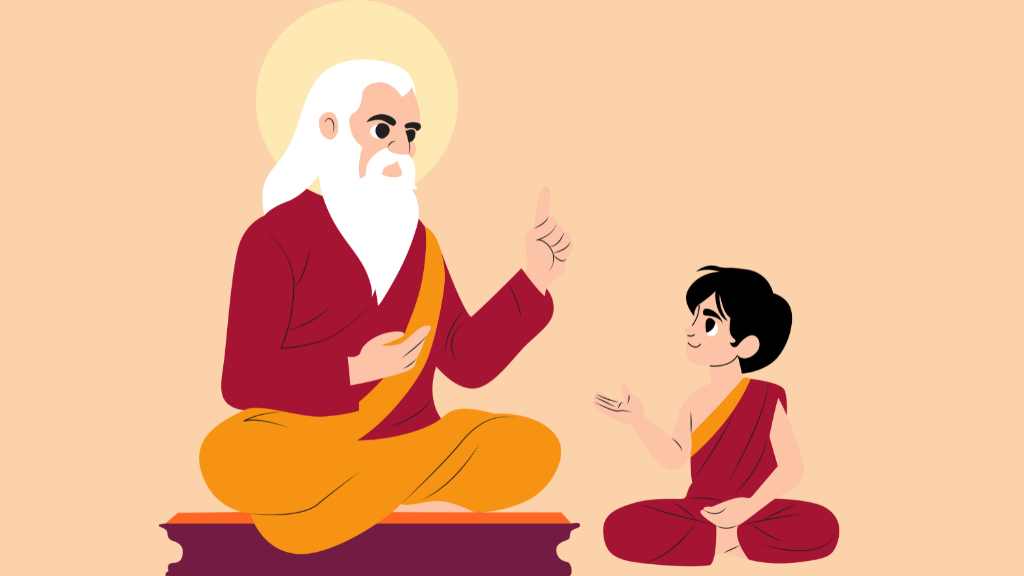
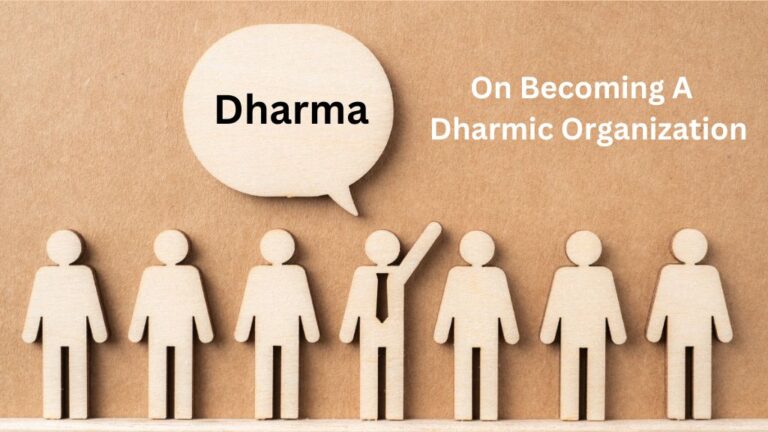


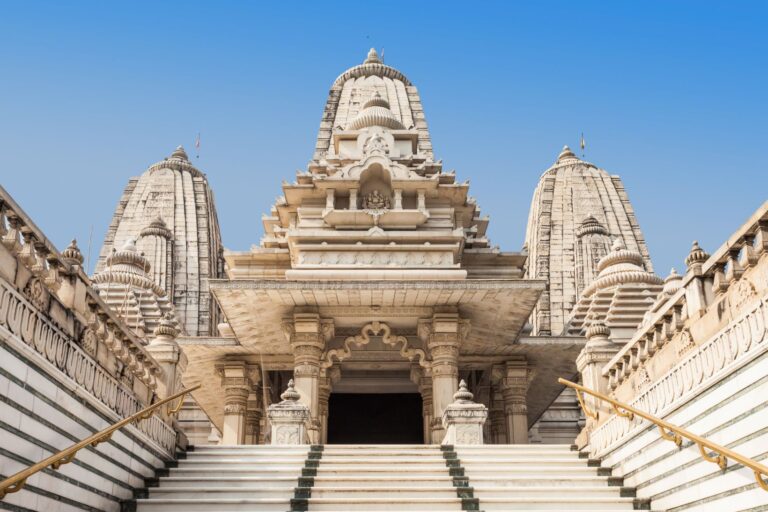
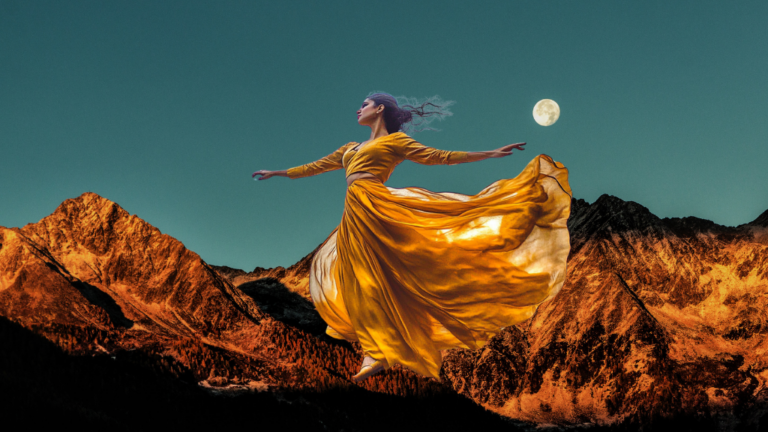
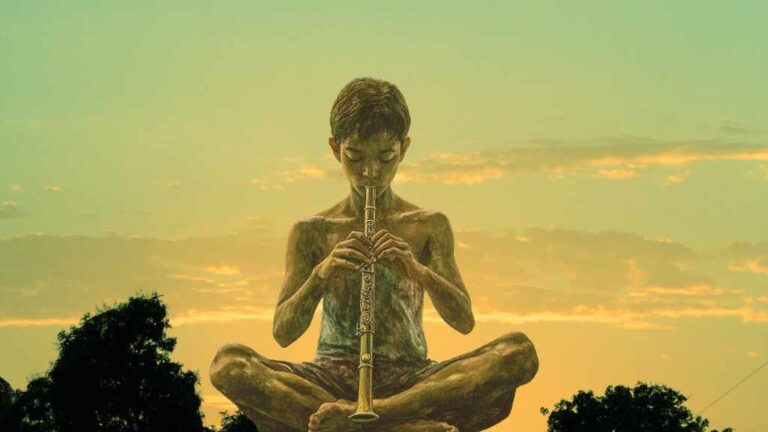
Your blog always delivers quality! While we’re sharing discoveries, Sprunki Game has created something special with their Incredibox mod.
Insightful content! While on the subject, Spunky offers some interesting perspectives too.
Absolutely mesmerizing content! Experience more magic with Spunky‘s creative tools.
Skill spectrum covered! From casual to competitive, Retro Bowl Unblocked satisfies all players.
gl07ug
wwu1c0